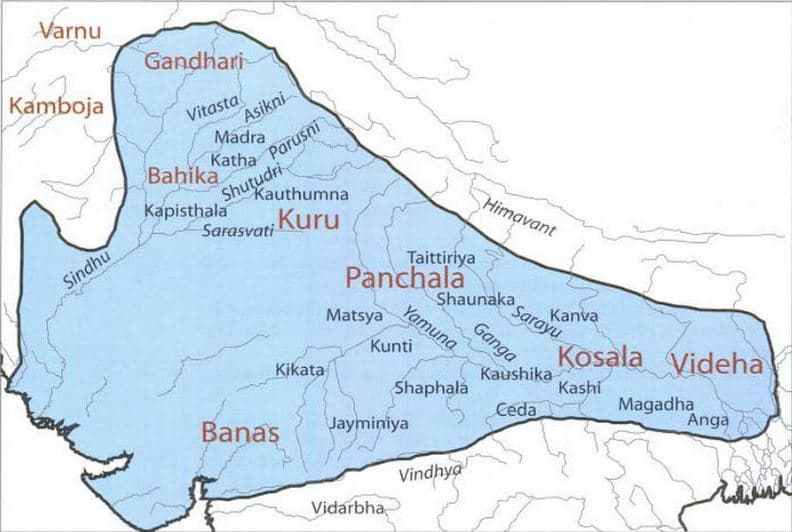Buddhism and Jainism – Facts, Teachings

Basic facts About Buddhism And Jainism
| Origin | Buddhism | Jainism |
| Founder | Gautam Buddha (Siddharta) | Mahavira |
| Birth place of the founder |
Lumbini Gardens, Kapilavastu (Indo-Nepal border) |
Kunda Grama near Vaishali in Bihar |
| Death place of the founder |
Kusinagara (Kasia), Uttar Pradesh |
Rajgir, Bihar |
Similarities between Buddhism and Jainism
| Similarities | Buddhism | Jainism |
| Place of Origin |
India | India |
| Believer of | Non Violence / Ahimsa | Non Violence / Ahimsa |
| Rejects | Vedic Rituals, Sacrifices and Caste System |
Vedic Rituals, Sacrifices and Caste System |
| End Goal | Nirvana – Freeing oneself from the cycle of birth and death |
Moksha – Saving the soul from the cycle of rebirths. |
Differences between Buddhism and Jainism
| Differences | Buddhism | Jainism |
| Founder | Gautam Buddha (Siddharta) | Mahavira |
| Birth place of the founder |
Lumbini Gardens, Kapilavastu (Indo-Nepal border) |
Kunda Grama near Vaishali in Bihar |
| Death place of the founder |
Kusinagara (Kasia), Uttar Pradesh |
Rajgir, Bihar |
| Place of Worship |
Monasteries | Temples |
| Important Tenets / Teaching |
Aryasatya (Four noble truths):-Dukkha – The world is full of sorrow-Samudaya – Every sorrow has a cause whose roots lie in greed, desire & attachment. -Niroda – Sorrow can be -Magga – The way to remove Triratna (‘Three Jewels’, or the -Buddha (the yellow jewel) – -Dharma (the blue jewel) – the -Sangha (the red jewel) –
|
Triratna (Threefold Refuge or Three Jewels):-Samyak darshana (right faith)-Samyak jnana (right knowledge) -Samyak charitra Anuvrata (partial vows): -Ahimsa or abstinence from -Satya or abstinence from -Asteya or abstinence from -Contentment with one’s -Limitation of one’s |
| Doctrines to Apply |
Ashtangika Marga (Eightfold path):
-Samyak drishti (right view) – -Samyak sankalp -Samyak vaani (right speech) – -Samyak karmant (right -Samyak aajiv (right -Samyak vyayam -Samyak smriti (right mindfulness) – -Samyak samadhi (right focus |
Mahavrata (great vows): These doctrines apply to the saints.:-Asteya: Do not steal-Satya: Do not lie -Aparigraha: Do not -Ahimsa: Even small living -Brahmacharya: Observe |
| Religious Texts |
Tripitakas written in the Pali language:-Sutta-pitaka-Vinaya-pitaka -Abhidhamma-pitaka |
-Agam, written in Ardha Magadhi or Prakrit language, consists of original scriptures.-Non-agam consists of commentary & explanation of Agam literature & independent works, complied by elder monks, nuns & scholars. They are written in many languages such as Prakrit, Sanskrit, Old Marathi, Gujarati, Hindi, Kannad, Tamil, German & English. |
















